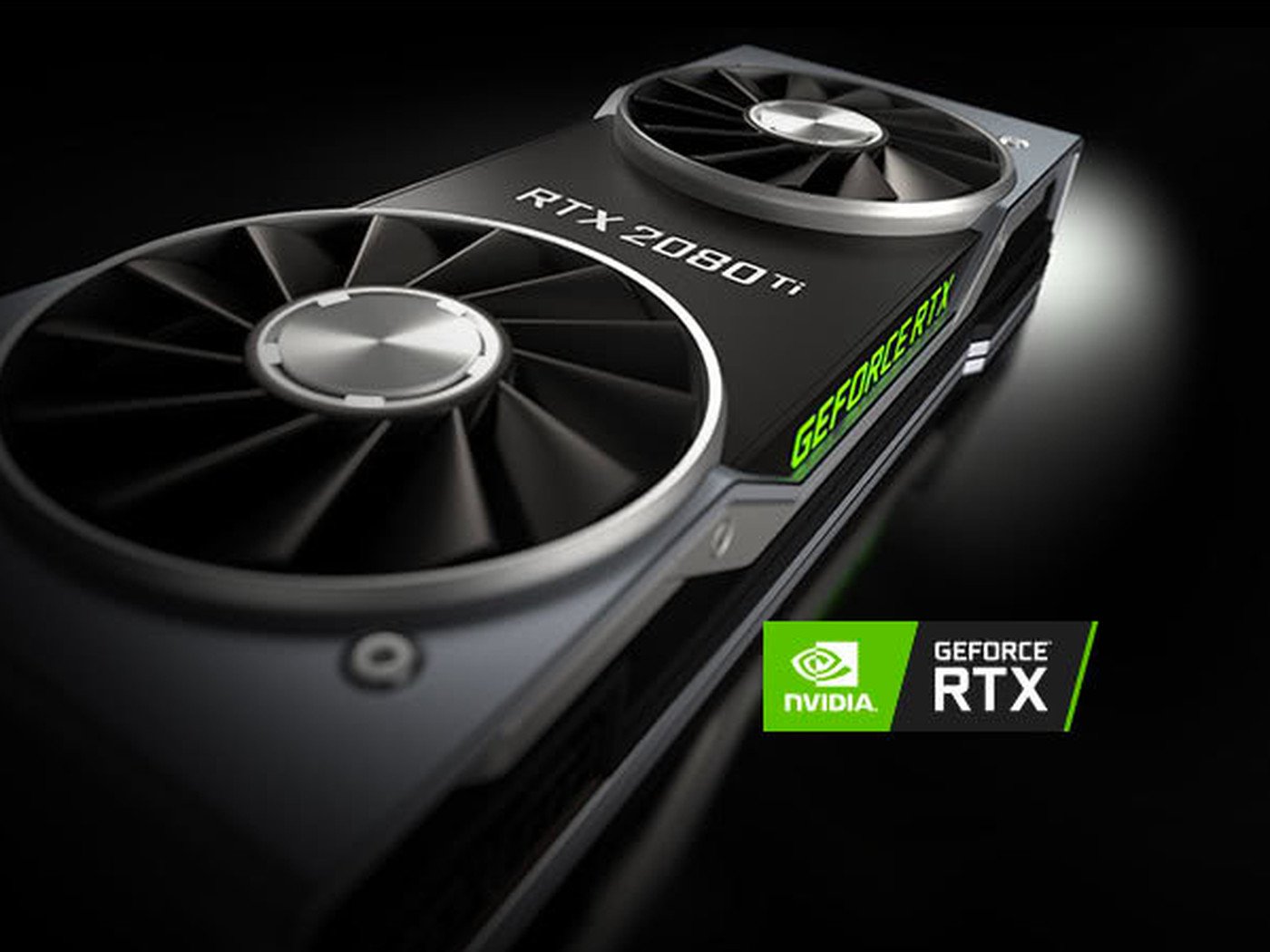
Most modern video games in the market require advanced graphics for players to fully enjoy the experience. This is why gamers need to invest in a quality graphics card when building their gaming PC. NVIDIA is one of the famous manufacturers of graphics cards. If you use one in your current build, this guide will help you further boost its performance.
Here are tips to boost the performance of your NVIDIA graphics card:
- Update NVIDIA graphics card driver.
- Stop Nvidia Streaming Service.
- Overclock your graphics card.
- Overclock your CPU.
- Use an SSD instead of HDD for your storage device.
- Improve the airflow of your CPU build.
1 – Update the NVIDIA graphics card driver.
NVIDIA usually releases updates for their graphics card drivers every now and then. This is to boost and improve the performance of the hardware. Some updates also include fixes on bugs found in the older version of the driver. So keep in mind to constantly update your NVIDIA graphics card driver. You can download NVIDIA GeForce Experience if you don’t want to manually update your graphics driver. This program will automatically do it for you. It also serves as a game optimization tool and has screen recording features.
Aside from your NVIDIA graphics card, update the drivers of your motherboard and processor. This will help improve your gaming PC’s performance as well.
2 – Stop Nvidia Streaming Service.
The recent updates of NVIDIA drivers have caused some issues. There was feedback that some updates were causing higher CPU usage used by the NVIDIA streaming service. Apparently, the service streams or tries to stream the game a user is playing to the Nvidia shield. Good thing, though, there’s an easy fix for it. All you have to do is to disable the NVIDIA streaming service.
Here are the steps below:
- Open the Task Manager.
- Click on the Services tab.
- Find and click the Nvidia Streamer Service.
- Click on the properties.
- Find “Startup type” and choose “Disable.”
You will notice an increase in your FPS upon disabling NVIDIA streaming service. Remember that every time you update your driver, you may have to disable the streaming service again.
You will notice an increase in your FPS upon disabling NVIDIA streaming service. Remember that you may have to disable the streaming service every time you update your driver.
3 – Overclock your graphics card.
The fastest way to achieve your graphics card’s best performance is by overclocking it. You might hear that overclocking isn’t the best thing to do, as it may cause your PC to overheat. However, if done correctly, it will help you experience the best gameplay possible. The key to overclocking your graphics driver is to ensure that you don’t push it beyond its safe voltage limit.
The rule of thumb is to boost your graphics card performance by only 10 to 15%. This is a safe boosting percentage that won’t hurt your system. You can use overclocking apps like the MSI afterburner or the Asus overclocking utility to do this.
However, if you don’t want to overclock your graphics card and think it’s too technical. Then you can choose to download apps designed to boost your gaming performance.
4 – Overclock your CPU.
Another hardware you can overclock to boost the performance of your gaming PC is your CPU. Similar to your graphics card, you need to ensure that you’re only boosting its core and memory clock to a safe number. You can manually choose to overclock your CPU or use another app to do it for you.
For Intel CPUs, there is a program called Performance Maximizer. By simply installing it on your gaming PC, It will be able to overclock your CPU automatically with just a few clicks. However, to download the Performance Maximizer, your gaming PC should meet the following requirements:
- Windows 10 operating system
- 16GB storage space
- At least 8GB RAM
- Latest gen Intel Core processor with a K designation
- An overclock-capable motherboard with a Z390 chipset and the latest BIOS
- An excellent cooling system
- Backup storage
To use Performance Maximizer, you can check our complete guide here.
5 – Use an SSD instead of HDD for your storage device.
When choosing your storage device, it is best to use an SSD over HDD. SSD or Solid-State Drive Disk are designed to process data faster than HDD (Hard Disk Drive). This is because it doesn’t involve a disk and a reader to process or read/write the data. Using an SSD for your gaming PC will reduce the game load time.
Aside from your SDD, you might also want to check the RAM memory of your unit. An ideal gaming PC should have at least 16GB RAM or higher. This will allow your unit to process the game faster and reduce lag issues.
6 – Improve the airflow of your CPU build.
Last but not least, you must improve the airflow of your CPU build. Boosting the performance of your graphics card and other hardware components will require it to run on a higher voltage. And with higher power consumption means that these components will generate more heat. And once your gaming PC can’t handle all the heat in the system, it will automatically shut down to avoid further damage to the components.
The only way you deal with this problem is to upgrade the airflow system of your CPU. This includes choosing a better case with a well-ventilated design. You can also add more fans to your CPU in the front and back. Adding fans in the back will help push the warm air out of your CPU, while the fans in the front push cold air inside the case. And if you have an allotted budget, you can upgrade to a liquid cooling system, as it works better than fans when it comes to cooling down your system.